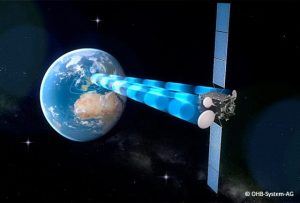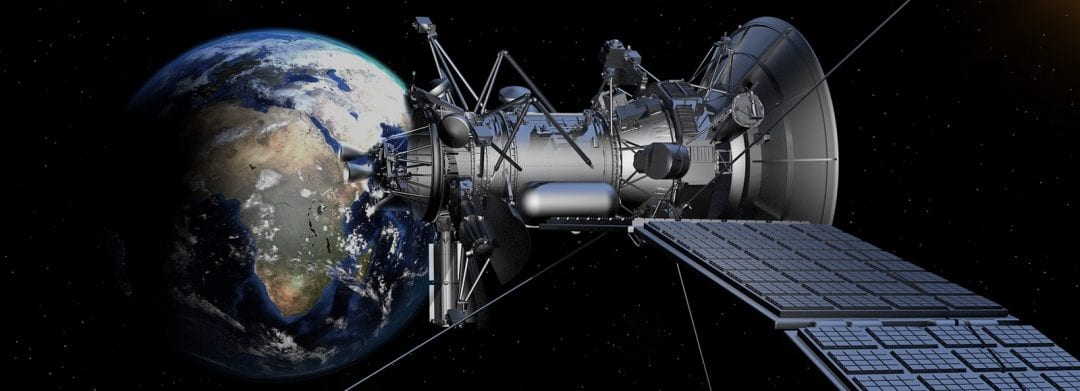When the German communication satellite “Heinrich Hertz” starts operation in space in 2021, technology from First Sensor will ensure contact with Earth. The company is working on the development of a multi-feed array antenna for the satellite as part of the GeReLeo-MFA project. In this collaborative project, the company is cooperating with the Institute for High-Frequency Technology at RWTH Aachen and with IMST GmbH in Kamp-Lintford.
This will be the first German communication satellite to enter service since the end of the last mission 16 years ago. A total of over 40 German companies and organizations will be involved in developing, testing and implementing Heinrich Hertz with innovative technologies and experiments. After its launch, the satellite is expected to remain in operation for 15 years at an altitude of around 36,000 kilometers.
“The hybrid circuits, components and electronic modules from Oberdischingen stand for absolute reliability, even under the extreme conditions of outer space. First Sensor’s collaboration on the ‘Heinrich Hertz’ satellite mission backs up the good reputation that it has enjoyed in the aerospace industry for decades,” says Dr. Dirk Rothweiler, CEO of First Sensor AG.

The 90×90 mm multi-feed array antenna is a key element for ensuring the success of the “Heinrich Hertz” mission. Source: First Sensor
The antenna measuring just 90×90 mm will feature innovative circuit board technology for the implementation of a planar multi-feed array in which active components are embedded. “In addition to our existing qualification as an assembly and test center, our involvement in the BMWi-supported GeReLeo-MFA project for the construction of the multi-feed array antenna on the Heinrich Hertz satellite also gives us access to a new field of application in high-frequency technology qualifying for space flight,” says Maximilian Sailer, Managing Director of the subsidiary First Sensor Lewicki. The company has been a specialist in hybrid circuits and complex electronic modules for 50 years. Its solutions are used worldwide in power electronics and sensor systems for industrial applications, medical technology and the aerospace industry.
The multi-feed array antenna is a key element for ensuring the success of the mission. Alongside several other tasks, the satellite will act as a relay station for smaller satellites orbiting the Earth. These only have a window of around 10 to 15 minutes to send their data to the ground station. After that, the next possibility for radio contact only arises after they have gone all around the Earth again. “Heinrich Hertz”, which will move in a geostationary orbit far above them, will receive the data in a much longer time frame of 40 minutes and send it on to the ground station. The longer time frame will also significantly increase the quantity of data that can be received from the satellites per orbit.

















